3D 打印对模具制造有何贡献
传统上,行业中使用最广泛的生产工艺分为两大类:减材制造 , 主要以 CNC 加工为代表,成型或成型制造 ,以注塑成型和熔模铸造为代表。直到今天,这两个群体一直生活在一起,选择哪一方主要取决于作品的复杂程度、所选材料或制造量。
最近,在该行业中,第三组一直在打开一个缺口,直到它与前两个组共存:增材制造或 3D 打印。 除了非常特殊的情况或非常特殊的应用,目前减材制造和增材制造和培训都支持大量常见材料,并且能够生产高度复杂的零件。这就是为什么很多时候选择一个或另一个的标准主要基于生产成本。
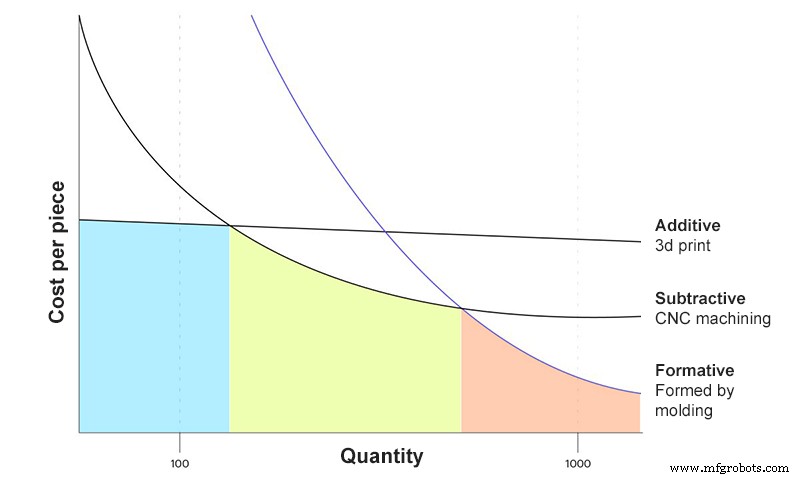
图 1:基于产量的单位成本曲线。来源:3Dhubs.com
中低产量 , 成型无法与增材制造和 CNC 加工竞争 ,主要是设备折旧成本高,需要高成本模具。但是,当涉及到大规模制造时 ,成型是当之无愧的王者。
通过模塑成型需要制造模具 用于注塑成型,和牺牲蜡底片 在失蜡成型的情况下,这反过来也需要模具或 CNC 方法来进行生产。这就是为什么 CNC 加工在模具成型过程中仍然是必要的 , 因为传统上它一直是生产可重复使用模具中最常用的方法。
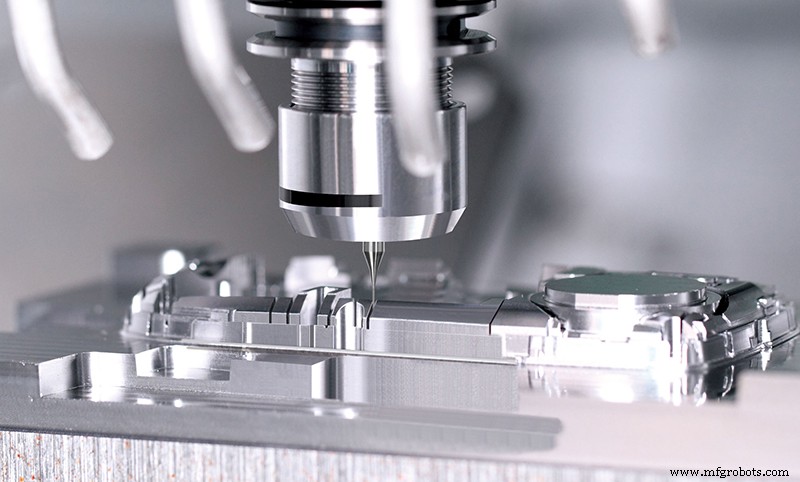
图 2:注塑成型模具。来源:https://commons.wikimedia.org/
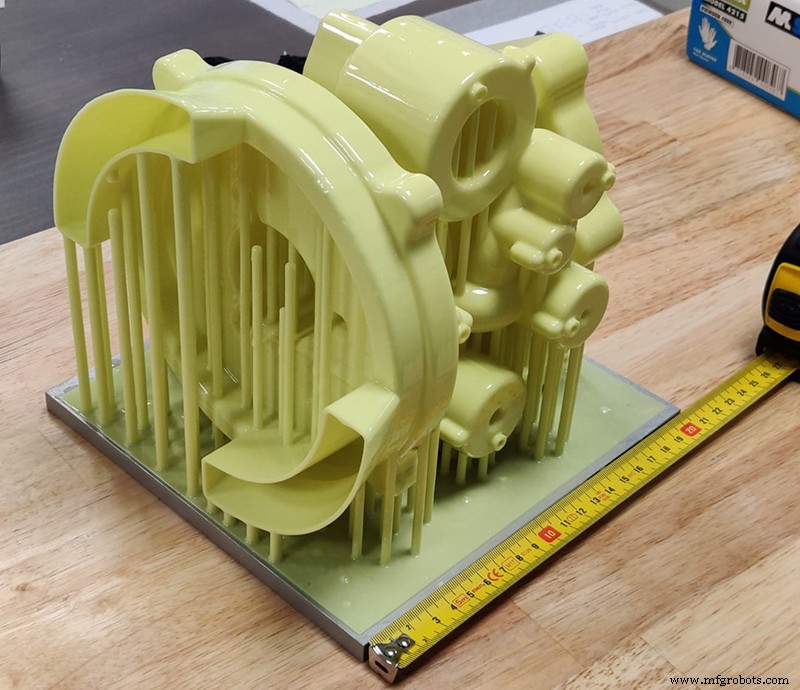
图 3:失蜡成型的蜡模型。来源:https://commons.wikimedia.org/
但是3D打印能给成型带来什么?
精密铸造
脱蜡成型是在牺牲蜡模型上涂上陶瓷涂层,然后通过这种方式煅烧得到模具 .它是一种广泛用于制造铸铁机械部件的工艺,因为它具有高精度和允许生产高度复杂形状的事实。
此过程的主要缺点是在移除零件时会破坏模具,因此必须为每个零件制作蜡模和模具。
视频 1:熔模铸造工艺。资料来源:Niagara Investment Castings
要生产蜡模,需要一个永久模具,通常使用 CNC 将铝加工而成。这意味着低产量成本将飙升 .另一种方法是使用CNC加工制作蜡模,在原型或少量制造的情况下,虽然降低了成本,但需要昂贵的设备,并且对于复杂零件有一定的局限性。
这就是 3D 打印意味着范式转变的地方。一方面,用于 SLA 和 FDM 打印的新型浇注材料的开发使得用 3D 打印聚合物模型取代传统蜡模型成为可能 .这假设了一系列优势,不仅在模型的生产成本水平上,而且在引入新产品或纠正缺陷时节省时间和灵活性 .此外,通过 3D 打印制造的模型具有更高的抗蜡性 , minimizing the possibility of breaking them or causing defects during handling.
Today, practically all resin manufacturers have high-quality castable materials such as Formlabs castable resin or Uniz ZWax. This has caused 3D SLA printing to largely replace the use of wax in some sectors such as jewelry, where the use of printers such as Form 3 is common.
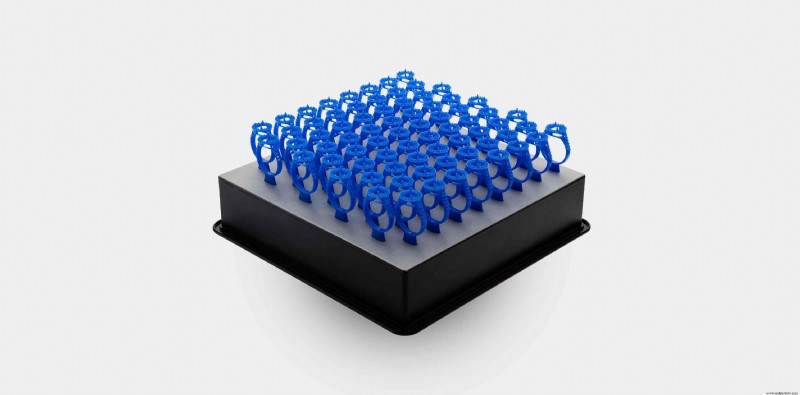
Image 3:3D printed jewelry models for use in investment casting. Source:Formlabs
Despite this, in other sectors such as industry, wax models are still common, perhaps due to the need for large models. Today, the appearance of high-volume 3D SLA printers such as the Form 3L or UniZ zSLTV, as well as the development of castable filaments such as PolyCast, make the size limitation less and less and that the industrial sectors can benefit from the Advantages of substituting 3D models for wax models.
Video 2:Using Polycast Filament. Source:Polymaker.
However, the production of wax models is also governed by the graph in Figure 1, reaching a point where the cost of making wax models using a mold is more profitable than producing the models by 3D printing. And even here, 3D printing has a lot to offer. The low melting temperature of the wax means that traditional aluminum or steel molds can be replaced by 3D printed molds , with the significant savings in economic and temporal costs that this entails.
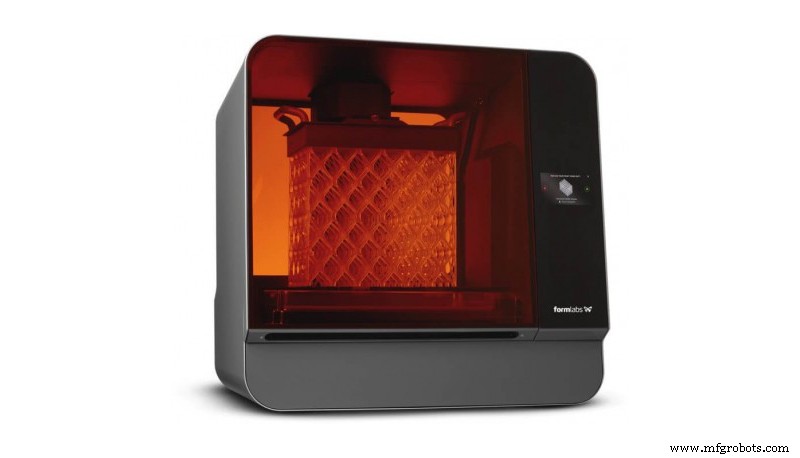
Image 4:Form 3L. Source:Formlabs
Injection molding
Injection molding is a formative manufacturing process in which die-cast plastic is injected into a removable mold and allowed to cool and solidify inside.
Traditionally the use of 3D printing in the manufacture of injection molds has been considered unfeasible. This has been due to two main reasons:the low thermal resistance of the polymers used in 3D printing and the surface roughness inherent in metal SLS 3d printing.
Today 3D printing cannot completely replace CNC-machined molds for injection , however the development of 3D printing materials SLA with high thermal and mechanical resistance has opened the door to the use of 3D printed molds.
An example is Formlabs High Temp resin, capable of withstanding temperatures of almost 300 ºC under a pressure of 0.45 MPa. Its high thermo-mechanical properties , together with the high resolution and excellent surface finish of SLA technology, make it an ideal material for the manufacture of molds.
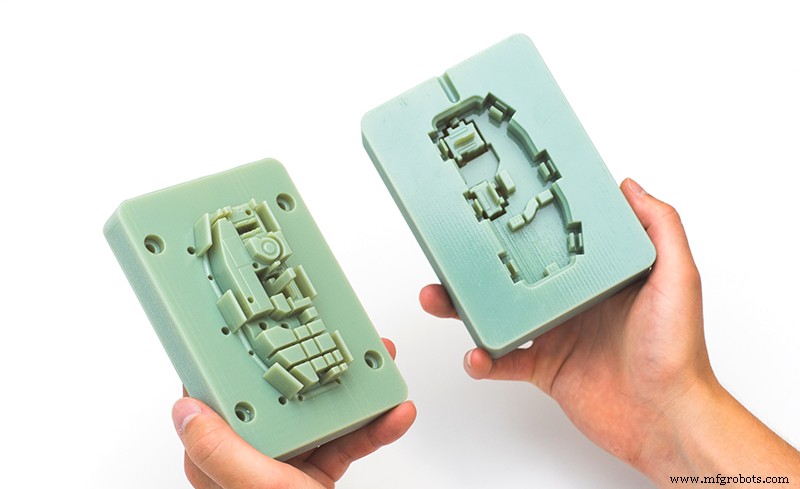
Image 5:Injection mold made by 3D printing SLA. Sourcee:3Dhubs
For this reason 3D printing can be an excellent complement in the production of injection molds. On the one hand it allows the production of economic molds for short series , and on the other hand it helps to verify the design of the metal molds before machining them . The latter is of great importance, since correcting a defect in a machined mold requires grinding processes and even the complete machining of a new mold, which leads to a significant increase in costs and a delay in production.
Silicone and thermoformed molds
Silicone and thermoformed molds are one-piece molds widely used in baking, cooking, jewelry or cosmetics.
It treats of very economic molds and of very simple manufacture. They are flexible or semi-flexible to facilitate demoulding, mainly used with non-melting or low-temperature melting materials such as chocolate, resins, cements, etc.
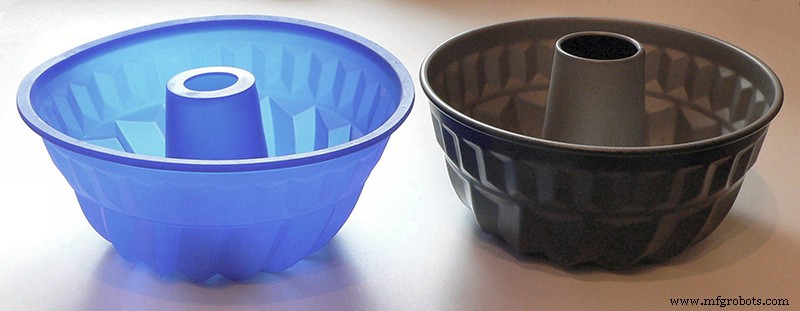
Image 6:Silicon molds. Sourcee:wikipedia
They are perhaps the most common type of mold and that we have all used at some time, for example to make ice cubes, chocolates or muffins.
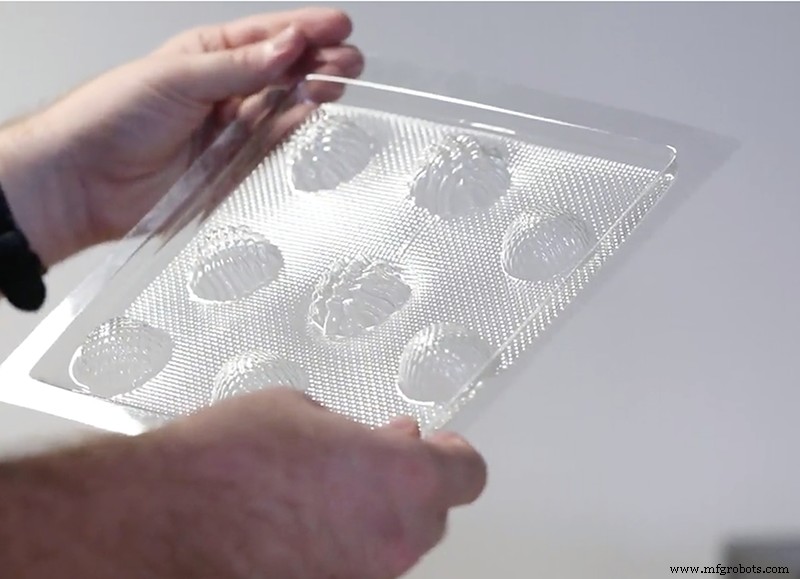
Image 7:Thermoformed mold. Source:Mayku
However, their use is not limited to domestic pastries, but they are widely used in jewelry to make resin jewelry components , or in art and decoration to produce elements in cement and plaster.
Despite the fact that its manufacture is very simple, the only way to make the molds is to have an original model to use as a template , and this is where 3D printing becomes useful.
3D printing provides the ability to obtain custom models, quickly and inexpensively to use as a template in the production of silicone and thermoformed molds. This, together with the availability of inexpensive thermoforming equipment such as the Mayku Formbox , make it possible for small patisseries, jewelery and artisans to produce their own personalized molds simply and inexpensively , giving added value to their products.
Video 3: Thermoformed with Mayku Formbox Source:Mayku
3D printing is not only a useful resource to reduce costs in low production volumes, but even in large productions, where the use of molds is essential, 3D printing has proven to be a very useful technology that can help its manufacture or in some cases even replace them.
3D打印


